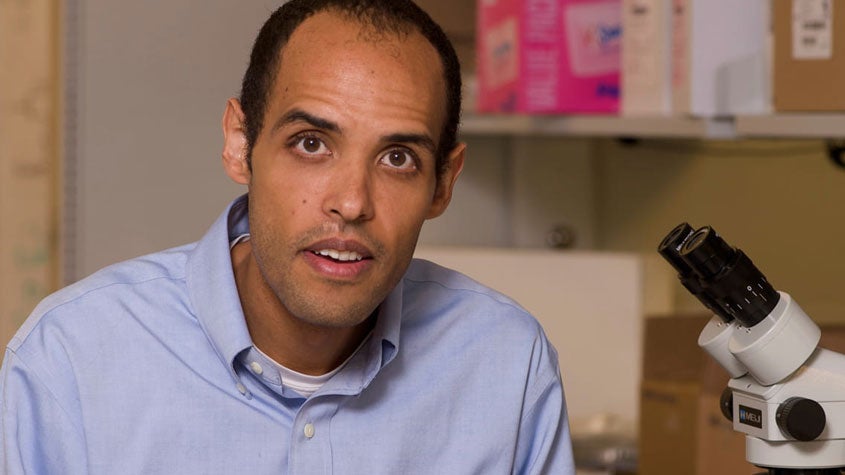ELEC 327, in the words of its instructor, Caleb Kemere, is a “we-make-things lab.”
So how do you make things remotely in the midst of the COVID-19 pandemic? Kemere’s answer was to assemble 22 electronic games, package them and ship them to his students, one of whom is in Canada and another in Singapore.
“The only thing I did was refuse the invitation to switch the class from a ‘we-make-things’ lab to something based on a simulator. They need and want the hands-on experience,” said Kemere, associate professor of electrical and computer engineering (ECE) and assistant professor of bioengineering at Rice.
Most of the students enrolled in ELEC 327, Digital Systems Laboratory, are juniors, along with a few sophomores. For his lesson, Kemere returned to an artifact of his own childhood -- Simon, the electronic memory game introduced in 1978.
The disc-shaped device produces a sequence of tones and lights the player must memorize and repeat. If correctly repeated, the sequence becomes progressively lengthier and more complex. When the player fails or time runs out, the game is over.
“The exercise for the students is really concentrated on firmware, learning the correct programming. The class is dedicated to designing and programming embedded systems,” Kemere said.
He spent last weekend fabricating the test kits using the tools of the trade -- soldering gun, tweezers, oven – and packaging them in flat-rate boxes. Sixteen he shipped via the U.S. Postal System and the two international parcels by UPS. Three other students live in Houston. One student picked his up, the other two Kemere delivered by hand.
“The students have already seen a printed circuit board. That was in the first project of the semester. The next one after this will be self-generated. That’s when they come up with their own ideas,” Kemere said.
He knows from previous experience that some students will include their own customized modifications to Simon – substituting words for tones in the tone generator, for instance. “Programming is the most challenging part. A lot of Rice students really enjoy that part and have a lot of fun,” he said.
Kemere got funding for the Simon devices and shipping from the George R. Brown School of Engineering and the ECE department.
“I want to acknowledge Caleb’s heroic effort in making all this happen over a week. He soldered everyone’s kits. I didn’t think it was possible when he suggested it. The ECE faculty never ceases to amaze me,” said Ashutosh Sabharwal, professor and chair of ECE.

